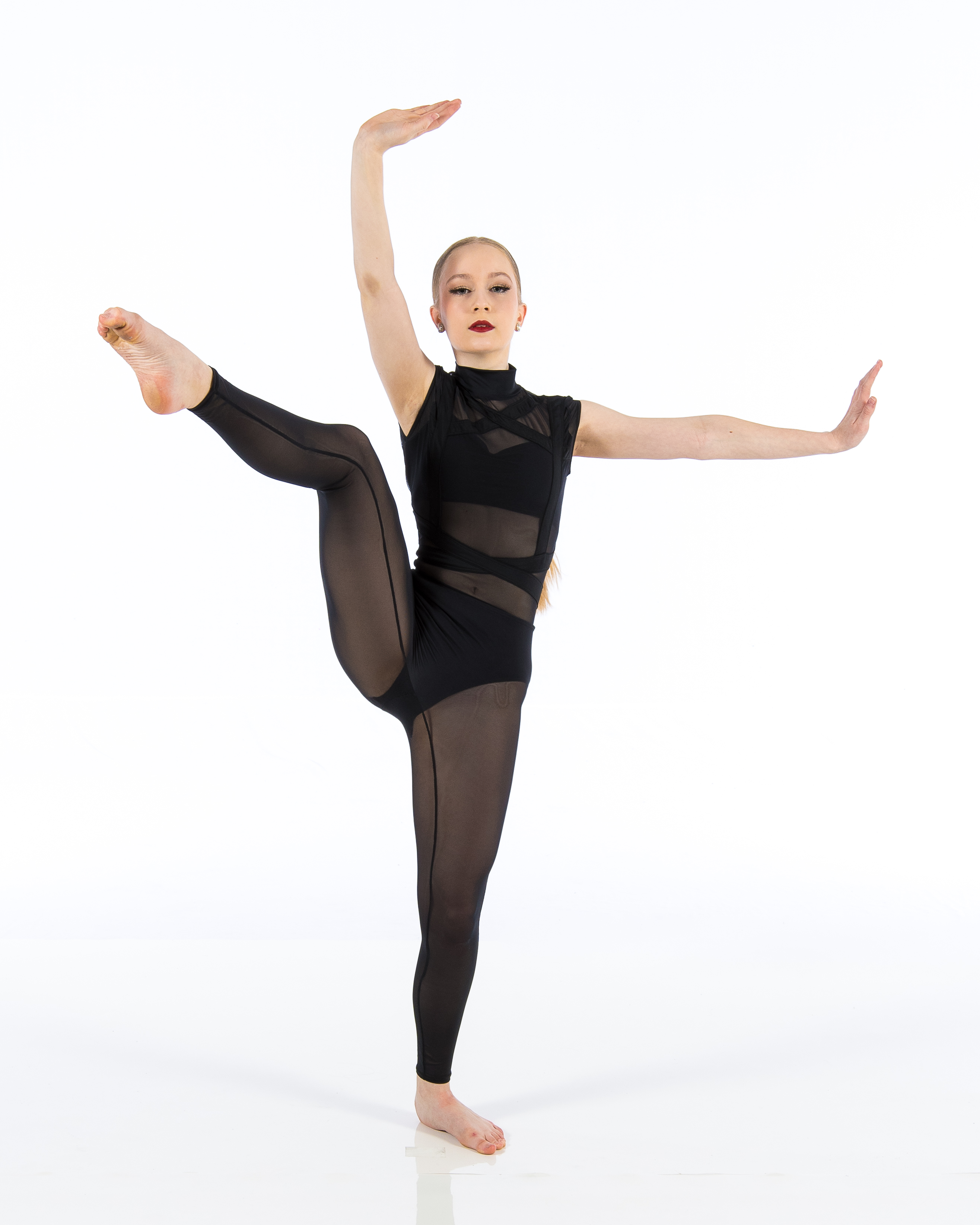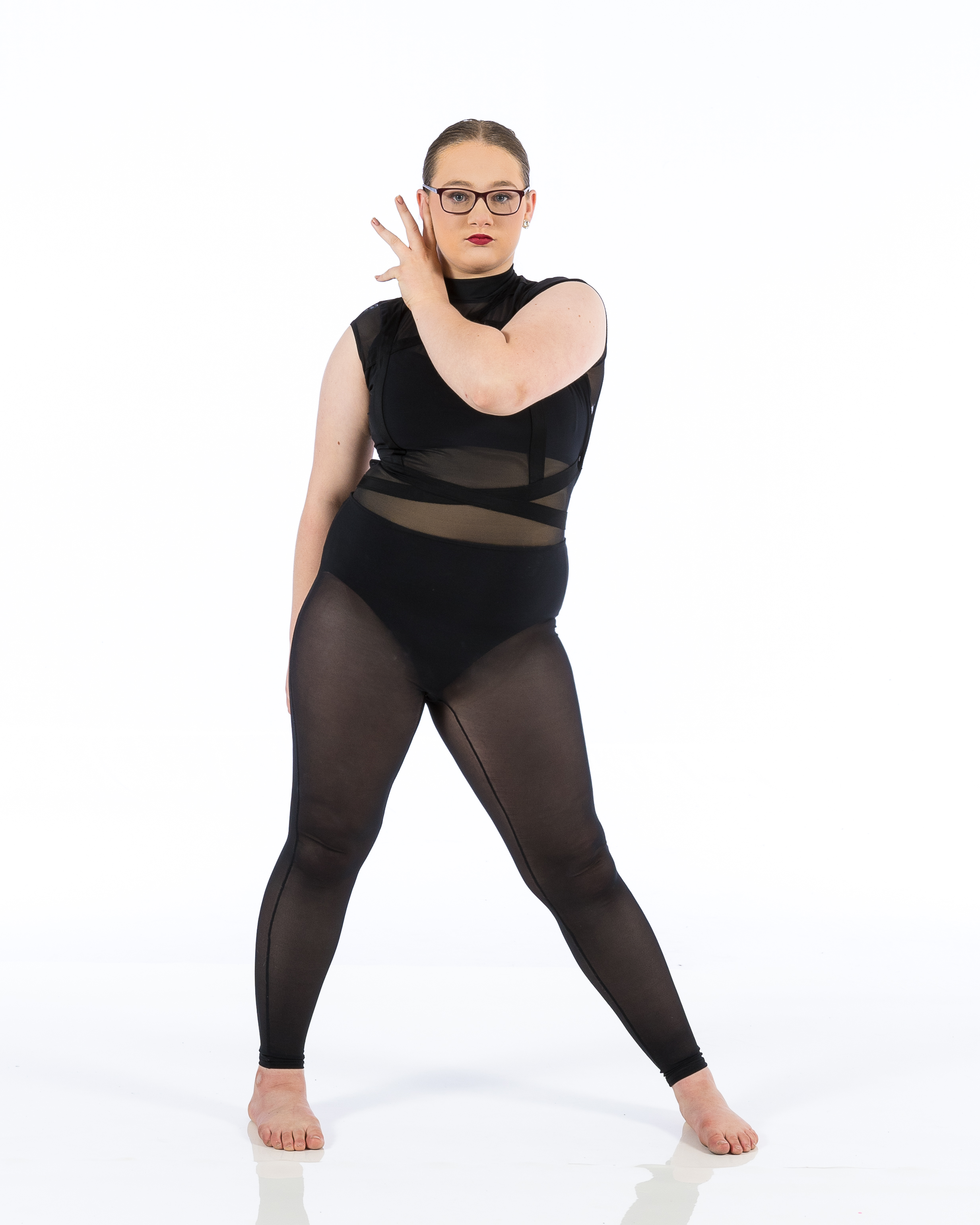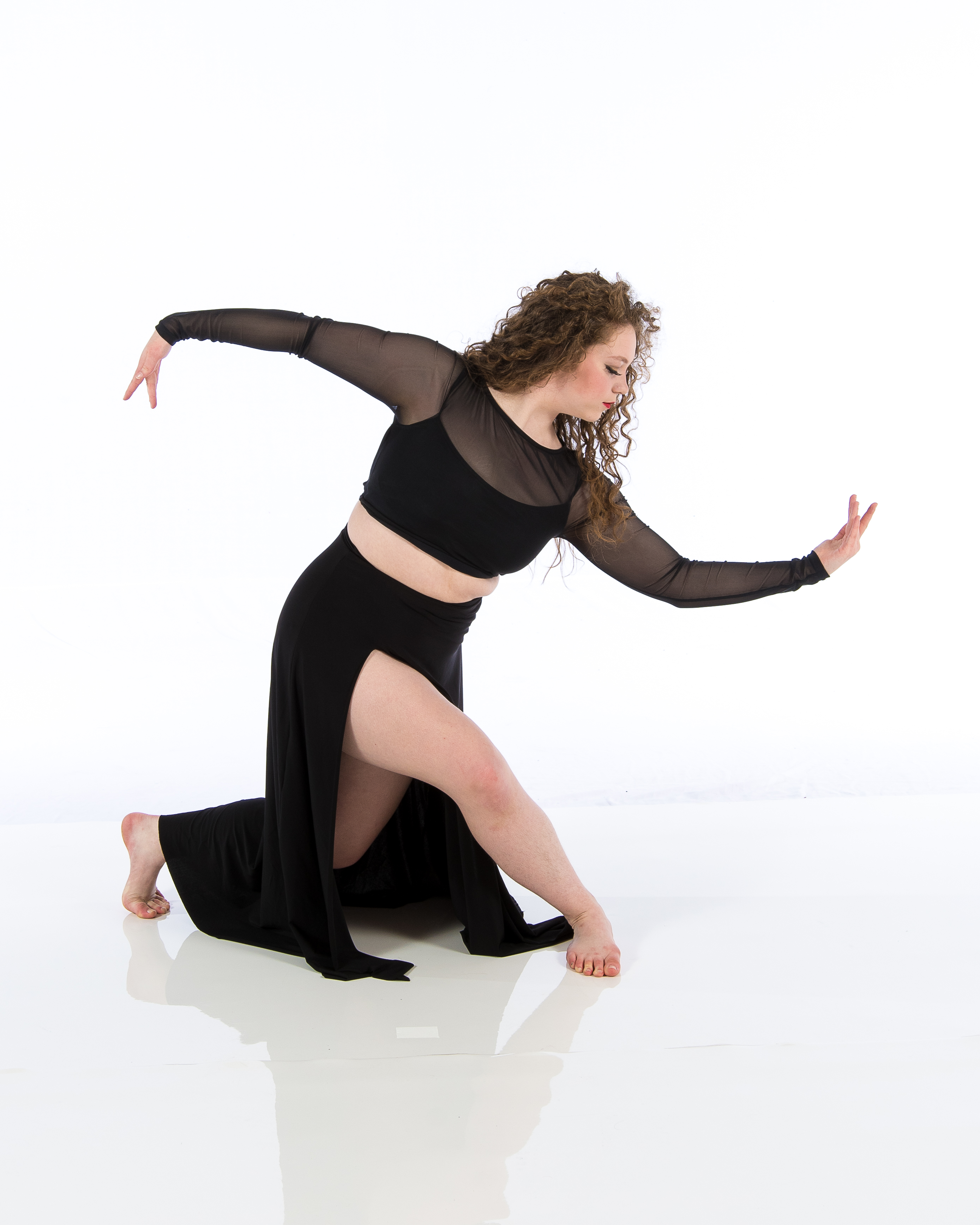Introduction
Dance is an art form that transcends barriers, joins communities, and ruptureds with the vigor of human expression. Whether you're a budding professional dancer stepping into a dance studio for the first children's dance classes time or an experienced entertainer wanting to fine-tune your craft, recognizing dance studio decorum is important for guaranteeing a favorable experience. This comprehensive guide labelled From Beginner to Specialist: Navigating Dance Studio Etiquette for a Harmonious Experience will take you via every facet of dance studio habits, providing understandings that will raise your experience and foster more powerful connections within the dance community.
Understanding Dance Studio Etiquette
What is Dance Studio Etiquette?
Dance studio decorum refers to the set of rule of thumbs and social standards that govern behavior in a dancing classroom setup. Much like any type of various other artistic environment, appreciating these guidelines can improve not just your learning experience however also that of your peers.
Why is Dance Studio Decorum Important?
Adhering to proper etiquette helps create an environment of respect, focus, and collaboration. It cultivates a sense of community and enables dancers to support each other in their development while lessening distractions throughout class.
From Amateur to Specialist: The Relevance of First Impressions
Preparing for Your Very first Class
Walking right into a dance studio for the first time can be stressful. To make a remarkable first impression:
- Dress appropriately: Use comfortable clothes appropriate for the kind of dancing you're studying. Arrive early: Goal to get to the very least 10-- 15 minutes before class begins. This provides you time to check in, heat up, and resolve in.
Greeting Your Instructor
A friendly greeting collections the tone for your experience. Constantly present on your own if it's your first-rate! A simple "Hey there" or "Greetings" can go a lengthy means in developing rapport.
Classroom Conduct: The Do's and Do n'tshtmlplcehlder 46end.
Do's: Positive Behaviors
Be Respectful: Regard every person's individual room-- specifically when practicing moves. Listen Actively: Program listening when trainers are talking; it shows you value their guidance. Support Your Peers: Motivate fellow professional dancers; positivity breeds encouragement.Don'ts: Negative Behaviors
Avoid Diversions: Keep individual discussions outside the classroom. Don't Usage Your Phone: Silence your phone during class; it's disruptive. Refrain from Interrupting: Wait till the teacher finishes before asking questions.The Function of Personal Room in Dance Studios
Understanding Boundaries
Personal room varies from one person to another, especially in a dance setting where physical distance is commonly needed throughout technique routines.
Communicating Convenience Levels
If you really feel uneasy with how close an additional dancer is obtaining during partnered exercises or formations, it's critical to interact this politely and professionally.
Maintaining Professionalism: Gown Code and Grooming
Importance of Appropriate Attire
Each dance design frequently has its very own gown code-- whether it be leotards for ballet or loose-fitting clothing for hip-hop classes-- adhering to these criteria shows regard for both your craft and your instructor.
Personal Hygiene Matters
Dancing requires physical exertion, which can lead to sweating. Ensure you keep great health by bathing before course and using tidy attire.
Behavior During Course: Focusing on Learning
Engaging with Instruction
It's essential to stay focused during demonstrations. Instead of merely enjoying, actively involve by visualizing exactly how you would carry out each movement.
Asking Inquiries Appropriately
Curiosity improves finding out! If something isn't clear, do not hesitate to ask concerns-- yet ensure they are relevant and postured at suitable times (ideally after instructions).

Feedback: Embracing Constructive Criticism
Accepting Comments Gracefully
Constructive criticism is part and parcel of development in any art form. Embrace responses with an open mind and prevent coming to be defensive; keep in mind that critique aims to help boost your skills!
Offering Feedback Thoughtfully
When providing feedback to peers, guarantee it's useful rather than critical; concentrate on what they did well alongside locations for improvement.
Creating Consistency Via Teamwork
The Importance of Team Spirit
In many dancing designs, team effort plays a critical duty; creating camaraderie with fellow dancers brings about improved performances.
Collaborating Throughout Team Exercises
When associated with group projects or choreography techniques, motivate imagination by appreciating everybody's ideas while additionally contributing yours constructively.
Handling Disputes Gracefully
Addressing Disagreements Maturely
Conflict may develop because of misconceptions or differing opinions on choreography choices. Deal with these problems independently instead of openly airing complaints which could interfere with course harmony.
Seeking Mediation When Necessary
If problems escalate past individual resolution initiatives-- look for advice from trainers who can mediate efficiently based on their experience handling comparable situations.

Post-Class Etiquette: Leaving on a Great Note
Thanking Instructors After Class
Always share appreciation towards your instructor after lessons; this reinforces favorable partnerships while recognizing their hard work!
Keeping the Studio Clean
Whether it's picking up canteen or nicely setting up props post-class-- preserving sanitation shows respect for common areas made use of by all dancers!
Engaging Beyond Course Time: Structure Neighborhood Relationships
Joining Social Events
Participate in social events arranged by studios such as displays or open residences-- these gatherings provide chances for networking while boosting community connections outside structured lessons!
Supporting Fellow Dancers' Performances
Attending peers' performances shows uniformity within the dancing neighborhood-- it motivates engagement beyond simple presence at classes!
Frequently Asked Inquiries (FAQs)
1. What need to I use for my initial dance class?
Choose comfortable attire appropriate for the particular design you're taking (e.g., leotards for ballet). Always inquire about outfit codes beforehand!
2. Is it okay to speak during class?
It's best method not to participate in side conversations during guideline as this sidetracks both trainers & & fellow pupils alike!
3. How do I manage sensation overwhelmed?
Take deep breaths & & remind yourself that every dancer started somewhere! Interact any kind of fight with instructors who may supply added support if needed!
4. Suppose I disagree with choreography choices?

5. Must I bring water into the studio?
Absolutely! Staying hydrated boosts efficiency levels; simply make certain containers are securely shut so spills don't take place on floors where others are dancing!
6. Just how crucial is punctuality?
Preparation is vital as showing up late interrupts concentration levels while triggering diversions; purpose always show up early sufficient permitting time workout effectively before courses commence!
Conclusion
Navigating through a dance studio setting can seem discouraging in the beginning look however grasping correct decorum inevitably changes one's journey from newbie standing toward expert degree virtuosity! By adhering very closely established behaviors described throughout this guide entitled From Novice To Expert: Browsing Dance Studio Etiquette For A Harmonious Experience *, you'll cultivate vital relationships within areas enriched creativity while honing technical prowess along with appreciated mentors! So shoelace up those shoes with confidence tip onto that floor-- the world awaits your unique expression via movement!